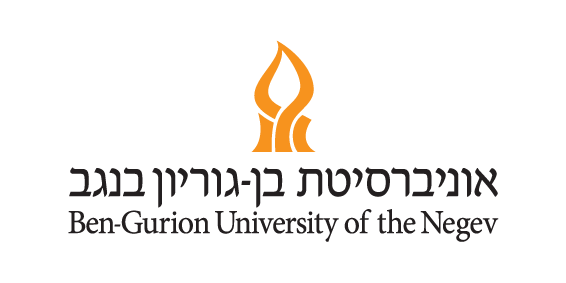Research innovation and strategic vision
To effectively manipulate delicate and fragile objects, humans use sensory information from many modalities to concurrently control and sense position and force. They rely strongly on their sense of touch for perception, such as when assessing the stiffness of an object (Nisky et al., 2008, Nisky et al., 2010, Leib et al., 2015b), or attempting to determine the details of its shape. In addition, they use this information together with proprioception to plan their interaction with these objects, and flexibly combine force and position control depending on the task and the mechanical properties of the environment and objects (Westling and Johansson, 1984, Casadio et al., 2015). This is achieved using a variety of sensors that are distributed in the skin, joints, muscles, and tendons and with distributed sensorimotor loops that allow for an efficient encoding and integration of information and its use for planning and control of action (Wolpert et al., 1995, Kording and Wolpert, 2004, Todorov, 2004, Krakauer and Mazzoni, 2011, Taylor et al., 2014). Somatosensory deficits, that are a frequent outcome of neurological diseases, impact the ability to control movement and force (Twitchell, 1954) as well as the possibility to recover (Kusoffsky et al., 1982). In the recent years, robotic devices that interact with such delicate or fragile objects became ubiquitous in many applications including: robotic rehabilitation, robot-assisted surgery, prosthetics, assistive robotics, and humanoid robots. However, the majority of these robotic and hybrid technologies have impoverished or completely missing somatosensory capabilities, and rely predominantly on vision. Even when they can sense forces, these systems do not have sensorimotor loops to effectively interact in these challenging scenarios.
The Artificial Somatosensation for Humans and Humanoids Lab has the goal to advance groundbreaking research towards a future in which humans and robots benefit from synergetic integration between natural and synthetic somatosensation for perception and control. These systems are not only bioinspired, but also go beyond human capabilities, such as tactile super-acuity, chemical sensing, and others. The lab focuses on advancing the understanding of distributed human sensorimotor loops and on using this understanding to develop devices, representation models, and control algorithms for implementing human-like sensorimotor loops in robotic rehabilitation and assistance, bionic devices, and humanoid robots. The Italian and Israeli partners and their students are collaborating to make the necessary technological and scientific leaps in sensing, representation, and control. The intent is to educate the next generation of scientists and engineers in the development of bioinspired and bio-augmenting technologies and software for providing humans and humanoid robots with effective somatosensory feedback.
The research in the lab is expected to advance neuroscience, engineering, robotics and medicine, and to result in new scientific theories that will be eventually transferred to the industry and the clinic. The investigation of human somatosensation wants to generate new knowledge and models that describe natural somatosensation. The bioinspired sensorimotor loops will result in a new generation of humanoid robots and bionic devices that are capable of much greater degree of motor autonomy than exists today. In addition, new devices for sensing of tactile information and for conveying somatosensory information to human users will be developed. These new systems and devices will be transferred to the industry and promote the competiveness of Israeli and Italian industry in the European and global markets. The scientific theories and devices will also be integrated in the clinical treatment of stroke survivors and will improve rehabilitation of neurological disorders and the quality of neuroprostheses for the benefit of worldwide and specifically Italian and Israeli population.
The Lab works to build the future where healthy individuals, persons suffering from post-stroke somatosensory impairment, people with bionic prostheses, and humanoids interact with each other and manipulate objects without any difference in their control actions. Everyone will proficiently use a complete ability to physically perceive their body and the mechanical interaction with the environment.
The research in the lab is funded by a grant from the Israeli Ministry for Science and Technology.
 |
 |
 |
